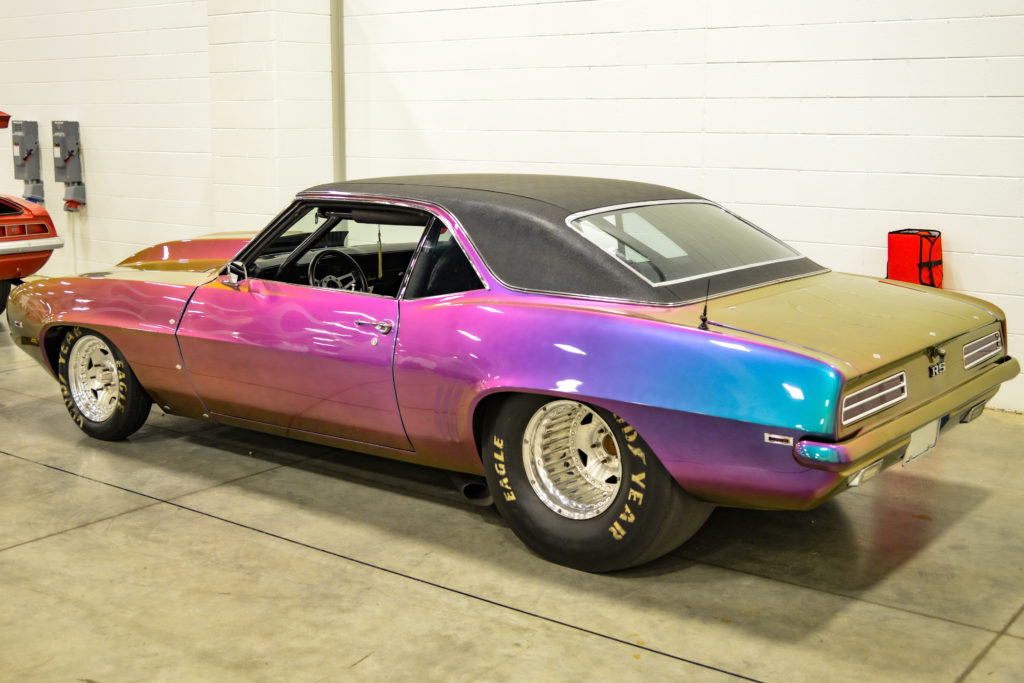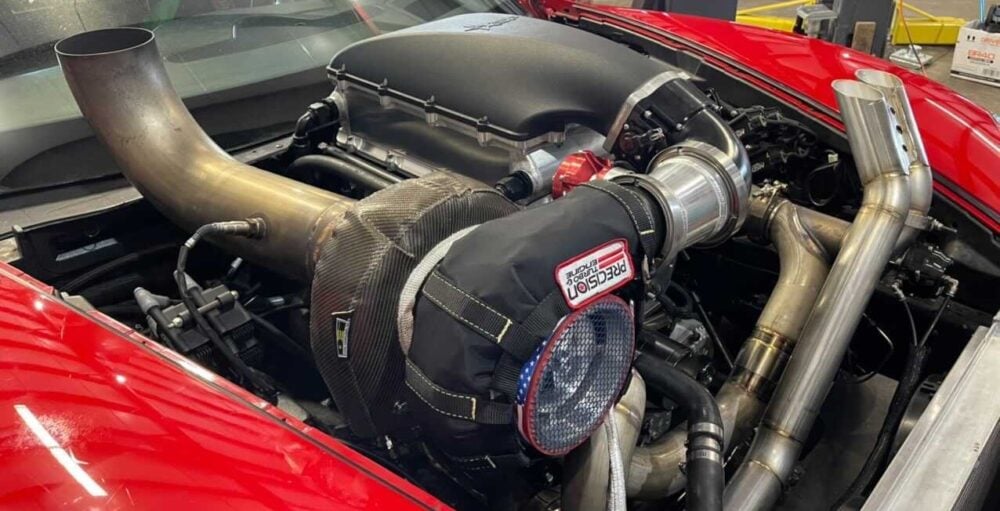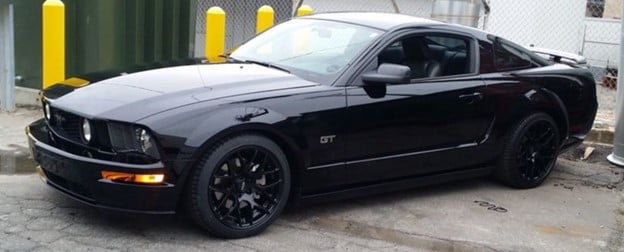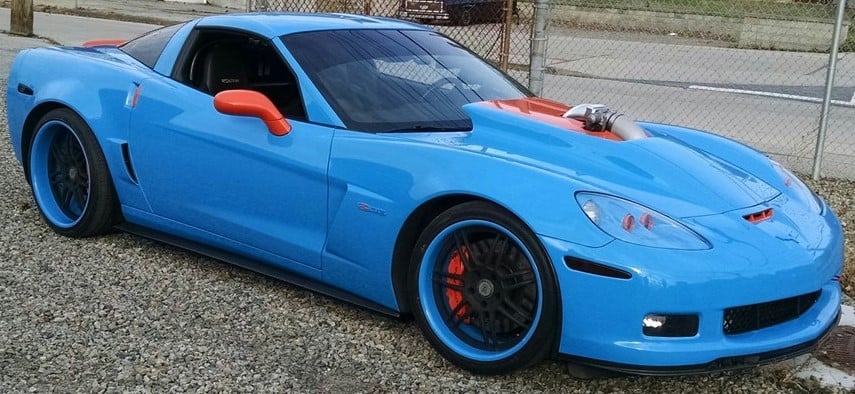
Vintage car enthusiasts understand the significance of every upgrade in unleashing their car's true potential. Among these upgrades, a well-chosen vintage car exhaust system can greatly impact performance, fuel efficiency, and aesthetics. In this guide, we will explore the different types of exhaust pipes available for vintage cars and their respective benefits, helping you make an informed decision for your prized possession.
What Is An Exhaust System?
An exhaust system in a vehicle serves a crucial role in managing the emissions produced by the engine and optimizing engine performance. Essentially, it's a series of pipes and components designed to route exhaust gases away from the engine and out of the vehicle's tailpipe. The system typically includes components such as exhaust manifolds or headers, catalytic converters, mufflers, and tailpipes. Each component plays a specific role in the exhaust process. For instance, exhaust manifolds collect exhaust gases from the engine's cylinders and direct them into a single pipe, while catalytic converters help reduce harmful emissions by converting pollutants into less harmful compounds. Mufflers are responsible for reducing noise levels by dampening the sound of exhaust gases as they pass through, while tailpipes provide an exit route for the gases to be released into the atmosphere. Together, these components work in harmony to ensure proper engine performance, minimize harmful emissions, and control noise levels, contributing to a more efficient and environmentally friendly vehicle operation.

Understanding Exhaust System Stages
An exhaust system is a complex arrangement of components designed to expel exhaust gases efficiently and minimize noise. These stages typically include the exhaust manifold, catalytic converter, resonator, and muffler. Each component plays a crucial role in enhancing emissions control and sound attenuation. By understanding how these stages function together, you can better appreciate the benefits of aftermarket exhaust systems.
High-Performance Exhaust
For vintage car owners seeking to boost their vehicle's performance, a high-performance exhaust system is a top choice. Unlike stock exhaust pipes that prioritize noise reduction and emissions control, high-performance exhausts feature less restrictive designs, allowing for increased airflow. This, in turn, enables the engine to draw in more air with each cycle, enhancing power and torque. Additionally, high-performance exhausts may be crafted from premium materials like stainless steel or titanium, adding both performance gains and a unique, stylish appearance to your vintage car.
Single Exit Pipe Exhaust: Budget-Friendly Upgrade
Single exit pipe exhaust systems are the most common factory-installed option in vintage cars. While they are more budget-friendly and straightforward to install, they may not deliver the same performance gains as high-performance exhausts. However, with the addition of aftermarket exhaust tips, you can enhance the appearance of your vintage car and achieve a touch of individuality.
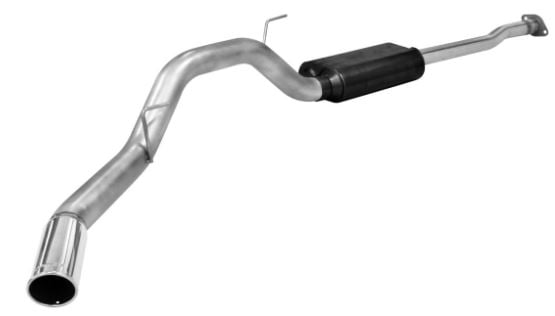
Dual Rear Exit Exhaust: A Balance Of Performance And Aesthetics

Dual rear exit exhausts, found in some vintage sports cars, offer two exhaust pipes that exit at the rear. This design enhances exhaust flow, allowing more air into the engine and potentially producing more power. Additionally, dual exhausts can provide a more aggressive exhaust note. With various diameter options available, you can customize the system to suit your preferences for performance and sound.
Opposite Dual Exhaust: Performance For Heavyweights
Popular in heavyweight vehicles like trucks and SUVs, opposite dual exhaust pipes are also used in certain vintage sports cars. These systems feature a header pipe that splits into two, exiting on either side of the rear bumper. Their effective noise-filtering process makes them a common choice in high-performance vintage cars, delivering a sportier exhaust sound.

Dual Side Exhaust: Style And Clearance Advantages

Dual side exhausts reroute the dual rear exit system to the sides of the car. This design allows for longer pipes and improved weight distribution. Additionally, dual side exhausts are beneficial for vintage cars with tightly packed rear axles and suspensions, where a traditional dual rear exit might not fit comfortably.
Maintenance And Longevity
To ensure the longevity of your exhaust system, opt for washable air filters that provide better filtration and less restriction. Regular maintenance will be essential, especially if you frequently drive in dusty environments. This approach saves money in the long run, as reusable air filters eliminate the need for frequent replacements.
Upgrading vintage car exhaust systems is a rewarding endeavor that can significantly improve performance and aesthetics. By understanding the various types of exhaust pipes available and their respective benefits, you can make a well-informed decision to unlock your vintage car's true potential. Explore JEGS' extensive selection of exhaust systems, mufflers, and components to find the perfect fit for your cherished vintage vehicle. Embark on this journey, and let your vintage car breathe freely and roar with newfound power.
